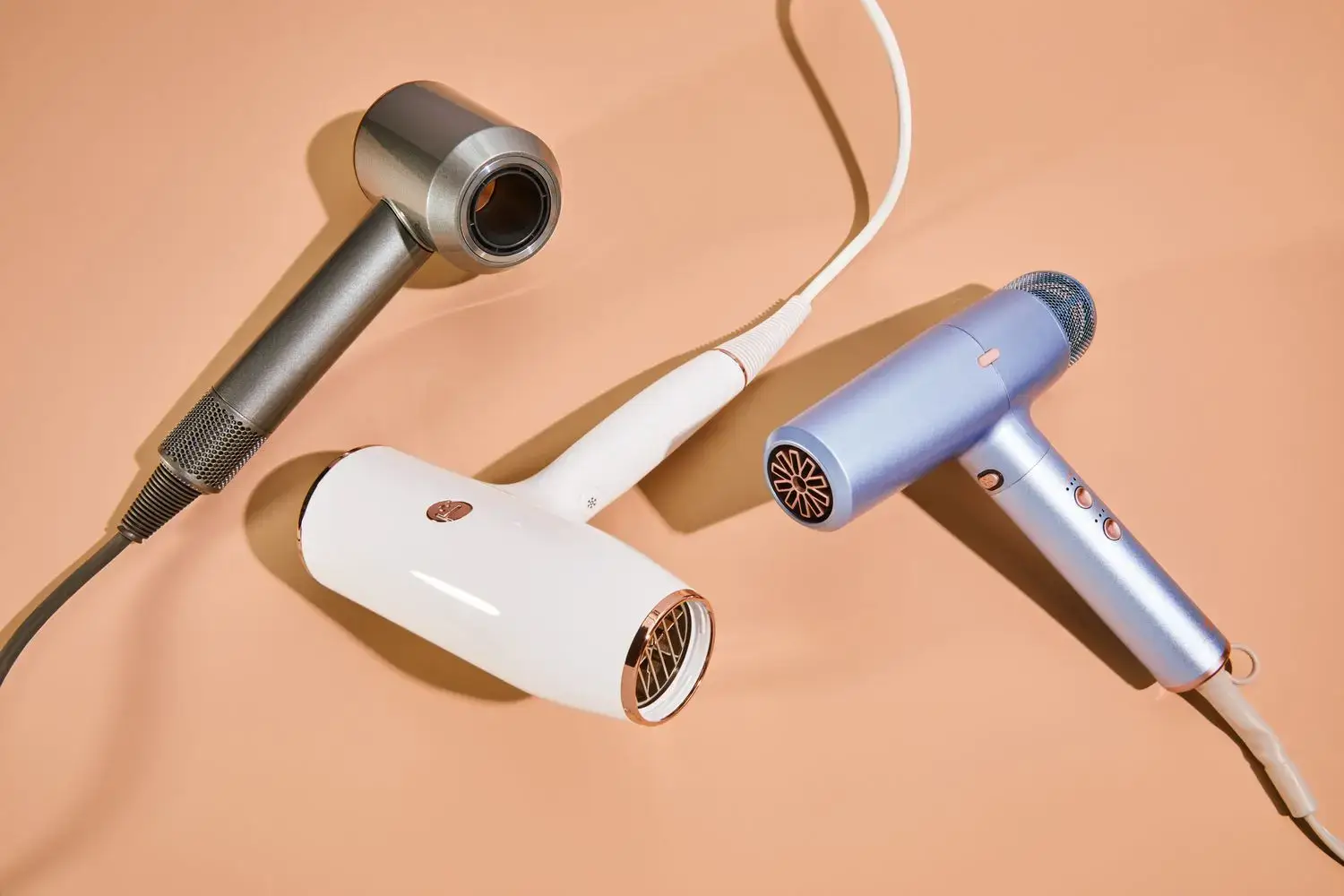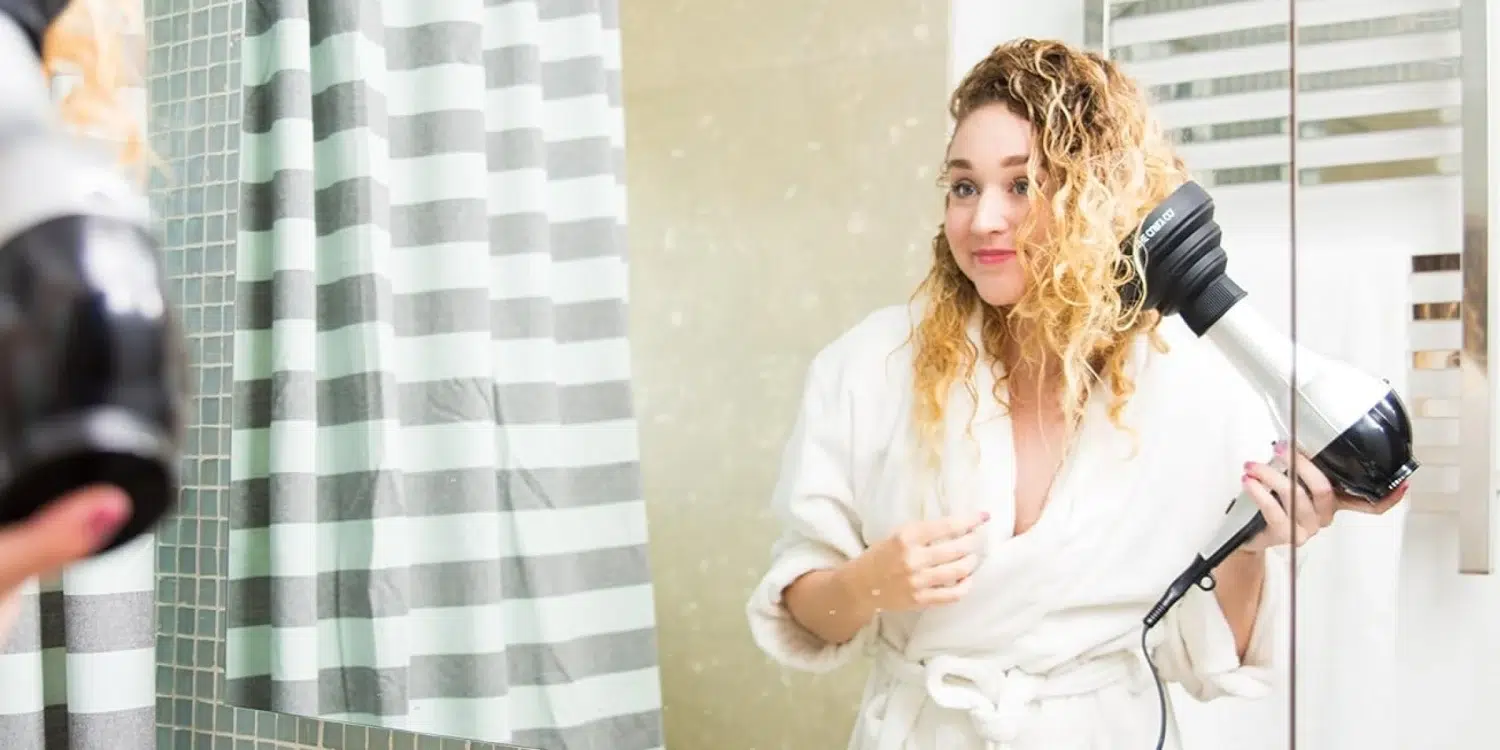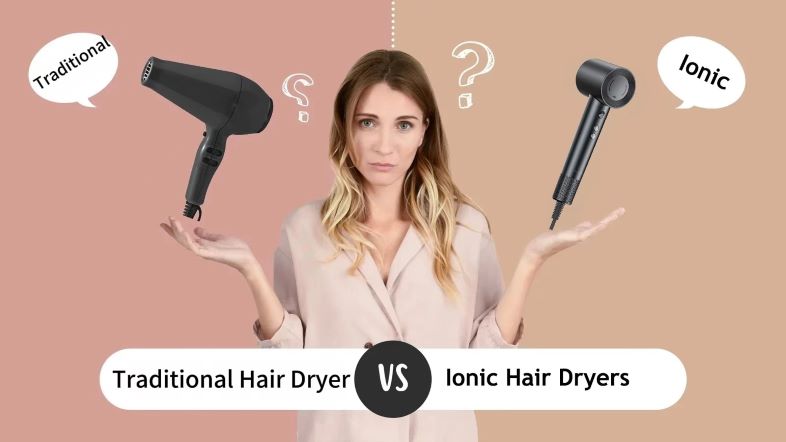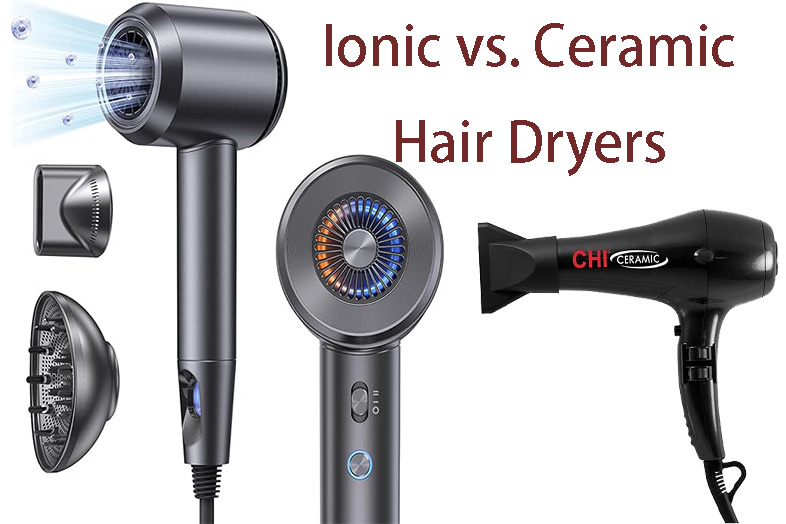Hair dryers have become an indispensable tool in our daily grooming routines. They do more than just dry your hair; they help in styling, volumizing, and even improving the texture of your hair when used correctly. However, like any frequently used appliance, they can run into problems. That’s why it’s essential to know how to use them efficiently and take good care of them.
Recognizing and resolving hair dryer problems not only extends the life of your appliance but also ensures your safety. A well-maintained hair dryer performs better and reduces the risk of hair damage. So, let’s dive into some common issues and their solutions!
Problem 1: Not Turning On
Quick Checks: Power Source and Settings
Before panicking, start with the simple stuff. Make sure your hair dryer is plugged in correctly to a working outlet. Sometimes, the trouble is just a tripped circuit breaker or a non-functional power socket. Also, revisit the settings on your hair dryer. There’s a chance it’s set to a mode that doesn’t start blowing right away.
Possible Fixes
If the outlet is fine, take a look at the cord. Damage like fraying or kinks can stop electricity from reaching your dryer. If you’re handy and your warranty allows, you might want to open the hair dryer to check for any loose wires or connections. But if you’re not sure, it’s safer to get help from a professional or think about getting a new blow dryer.
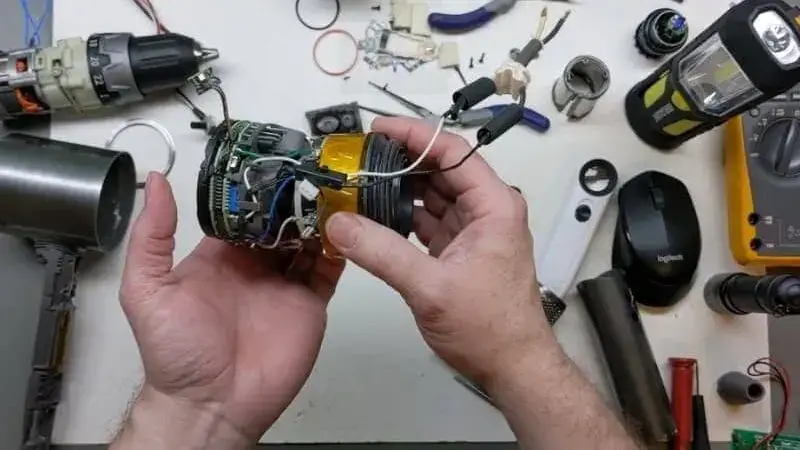
Problem 2: Weak Airflow
Cleaning Filters for Better Performance
Weak airflow often means a dirty filter. Hair dryers pull in air, and with it, dust and lint that can build up, blocking the flow. Cleaning the filter, usually located at the back, can make a big difference. Check your hair dryer’s manual for how to remove and clean the filter properly.
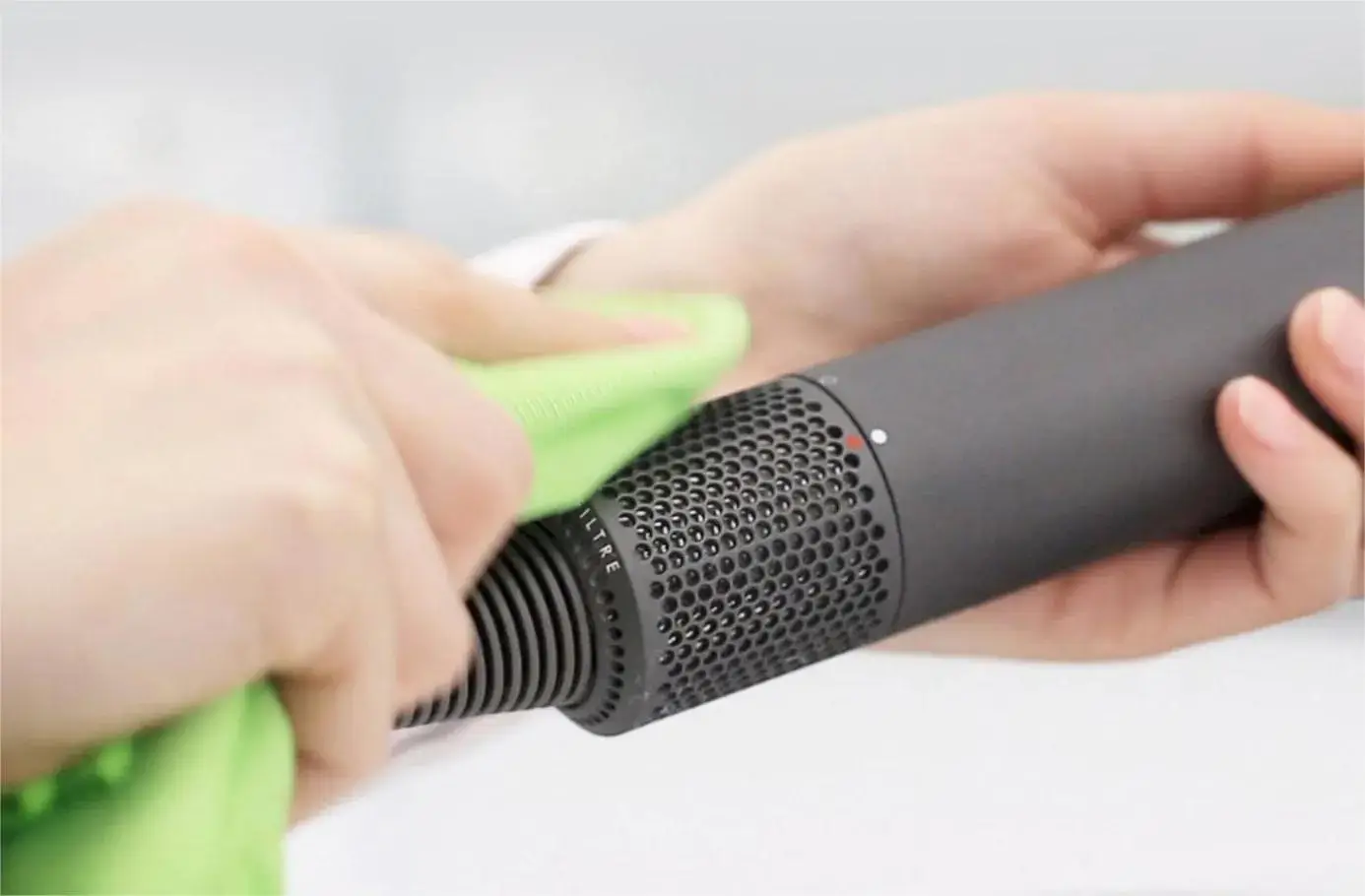
When to Seek Professional Help
If a clean filter doesn’t solve the problem, the motor might be to blame. This is a bit more complicated and typically needs someone skilled to fix it. Don’t try to repair motor issues on your own as it can be risky and might void any warranties.
Problem 3: Overheating
Recognizing Overheating Signs
While hair dryers naturally emit heat, excessive heat is a cause for concern. Overheating in hair dryers can manifest in several ways:
Uncomfortable Handling: The dryer becomes too hot to hold comfortably.
Automatic Shutdown: Some models have safety features that shut them off if they overheat.
Burning Smell: A clear indicator of overheating is a distinct burning odor, which may signal that internal components are getting too hot.
Understanding these signs is crucial for your safety and the longevity of your hair dryer.
Safety Tips and Solutions
When faced with an overheating hair dryer, follow these steps:
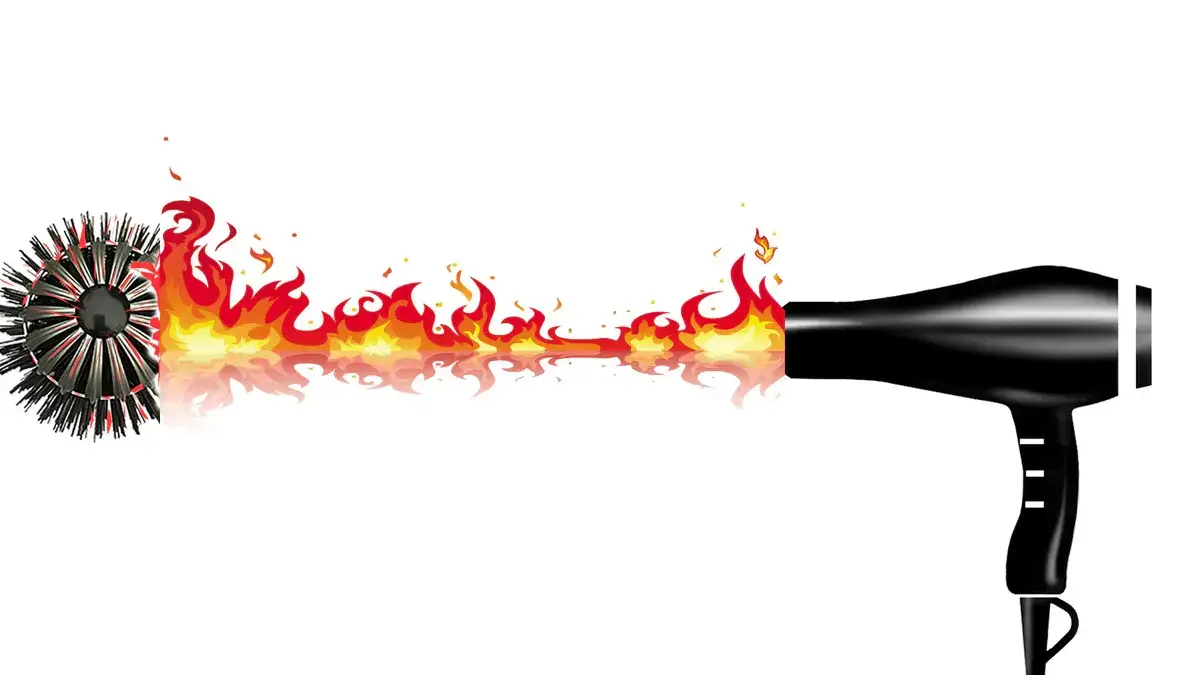
Immediate Response: Turn off and unplug the dryer immediately. This prevents potential hazards and further damage.
Cool Down Period: Let the dryer cool down completely before any form of troubleshooting.
Regular Maintenance: Frequently clean the filter, as a clogged filter is a common cause of overheating.
Adequate Ventilation: Use your hair dryer in a well-ventilated area. This helps to disperse heat more effectively.
Professional Assessment: If the above measures don’t resolve the issue, it’s important to seek professional help. The problem could be due to internal wiring or malfunctioning heating elements, which require expert attention.
Problem 4: Strange Noises
Identifying Different Sounds
A functioning hair dryer should produce a consistent, smooth sound. Unusual noises can be indicators of various problems:
Rattling Sound: This often means there is a loose part inside the dryer.
High-Pitched Squeal: This can be an alarming sign, often related to the motor or bearings.
Buzzing Noise: This could be something as simple as debris like lint or hair caught in the dryer.
Recognizing these sounds is the first step in diagnosing and addressing the issue.
Do-It-Yourself Fixes vs. Professional Repair
Deciding between a DIY fix and professional repair depends on the nature of the problem:
DIY for Minor Issues: If it’s a matter of cleaning out debris, you can usually handle this yourself. Gently remove the back cover and use a small, soft brush to clean the interior.
Professional Help for Complex Issues: If the problem persists, especially in cases of motor dysfunction (indicated by continuous high-pitched noises), it’s advisable to consult a professional. Hair dryers involve electrical components, and mishandling them can lead to safety risks.
Problem 5: Heat Settings Not Working
Hair dryers come with adjustable heat settings to cater to different hair types and styling needs. When these settings aren’t working correctly, it can be frustrating and may even lead to hair damage. Understanding how to troubleshoot and fix these issues can prolong the life of your hair dryer and ensure safer usage.
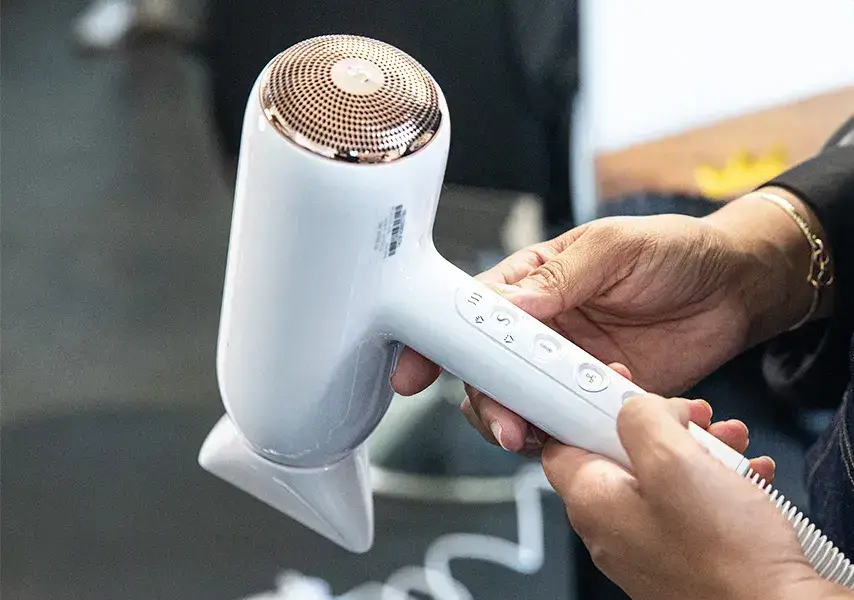
Troubleshooting Temperature Controls
When you encounter issues with the temperature settings of your hair dryer, the first thing to examine is the thermostat. This component regulates the heat produced by the dryer and can sometimes get stuck or malfunction due to dust accumulation or wear and tear. Here’s what you can do:
Inspect the Thermostat: Look for any visible signs of damage or blockage.
Reset the Thermostat: Often, simply turning the hair dryer off and then back on can reset the thermostat, especially if it’s a digital model.
Check for Loose Connections: Sometimes, the issue might be due to a loose connection within the dryer. However, be cautious and avoid opening the dryer unless you have technical expertise.
How to Reset Your Hair Dryer
If adjusting or resetting the thermostat doesn’t resolve the problem, you may need to reset the entire hair dryer:
Unplug the Dryer: Disconnect your hair dryer from the power source and leave it unplugged for about a minute.
Plug it Back In: Reconnect your hair dryer. This simple step can often reset the internal components and resolve minor electronic glitches.
Test the Dryer: Turn on the dryer and check if the heat settings are functioning properly.
Maintenance Tips
Regular Cleaning and Care
To ensure your hair dryer functions optimally, regular cleaning is essential. Always unplug the dryer before cleaning. Use a soft brush to gently remove lint and debris from the filter and intake. This not only extends the life of your dryer but also maintains its efficiency.
Proper Storage Practices
Proper storage is just as important as cleaning. Avoid wrapping the cord tightly around the dryer as this can damage the wires. Instead, loosely coil the cord and store the dryer in a dry place. Avoid exposing it to extreme temperatures or moisture.
For more maintenance tips, check out this blog: Tips for Cleaning and Maintaining Your Hair Dryer for Longevity
Conclusion
In this guide, we’ve covered how to tackle common hair dryer problems such as strange noises and malfunctioning heat settings. We’ve also delved into maintenance tips, emphasizing the importance of regular cleaning and proper storage.
Remember, the key to a long-lasting hair dryer lies in routine care and addressing problems promptly. By following these simple maintenance tips and knowing when to seek professional help, you can keep your hair dryer in top shape, ensuring it’s always ready for your styling needs.
